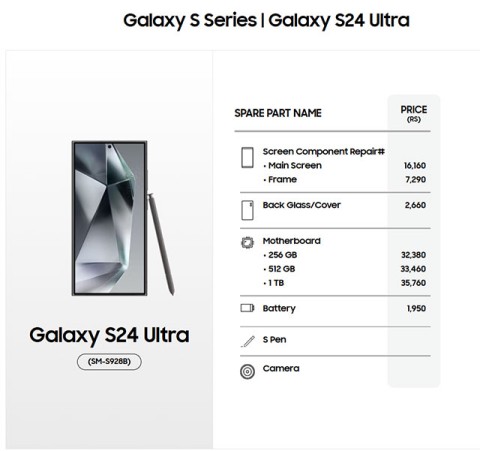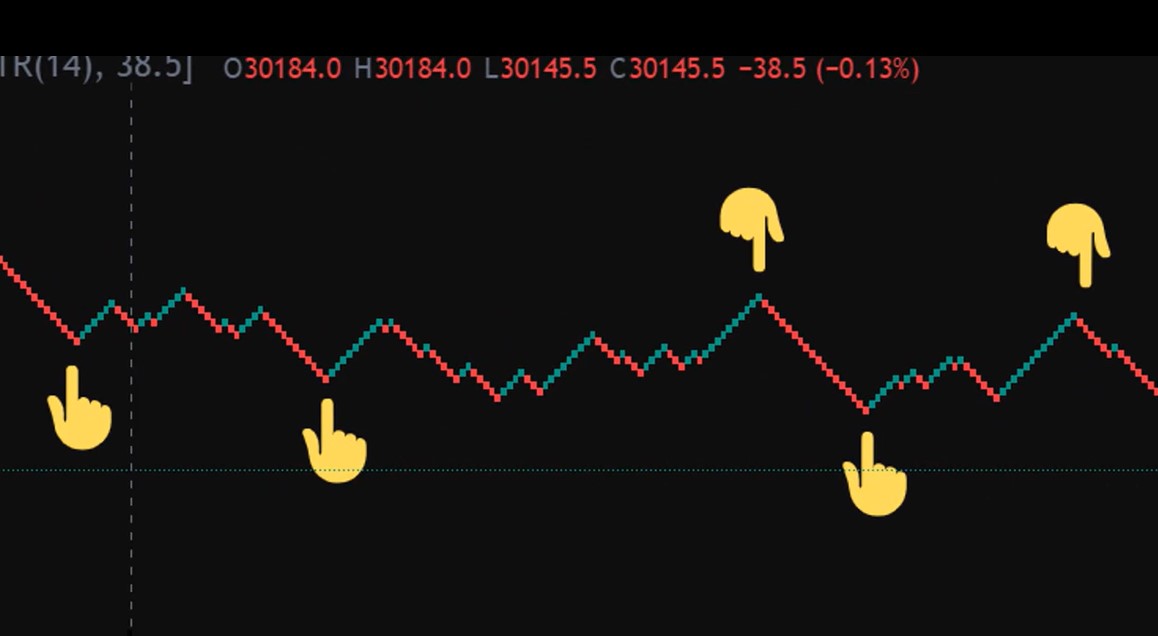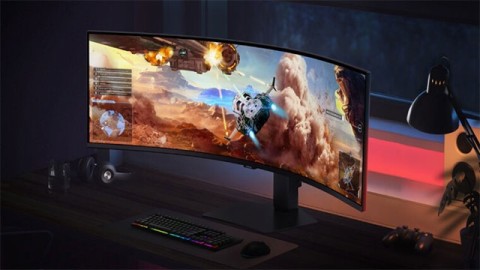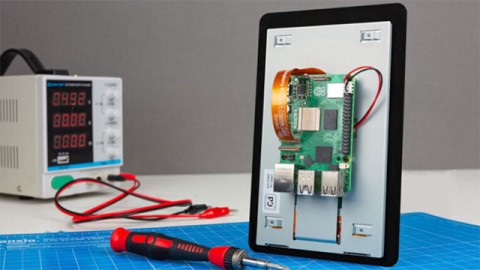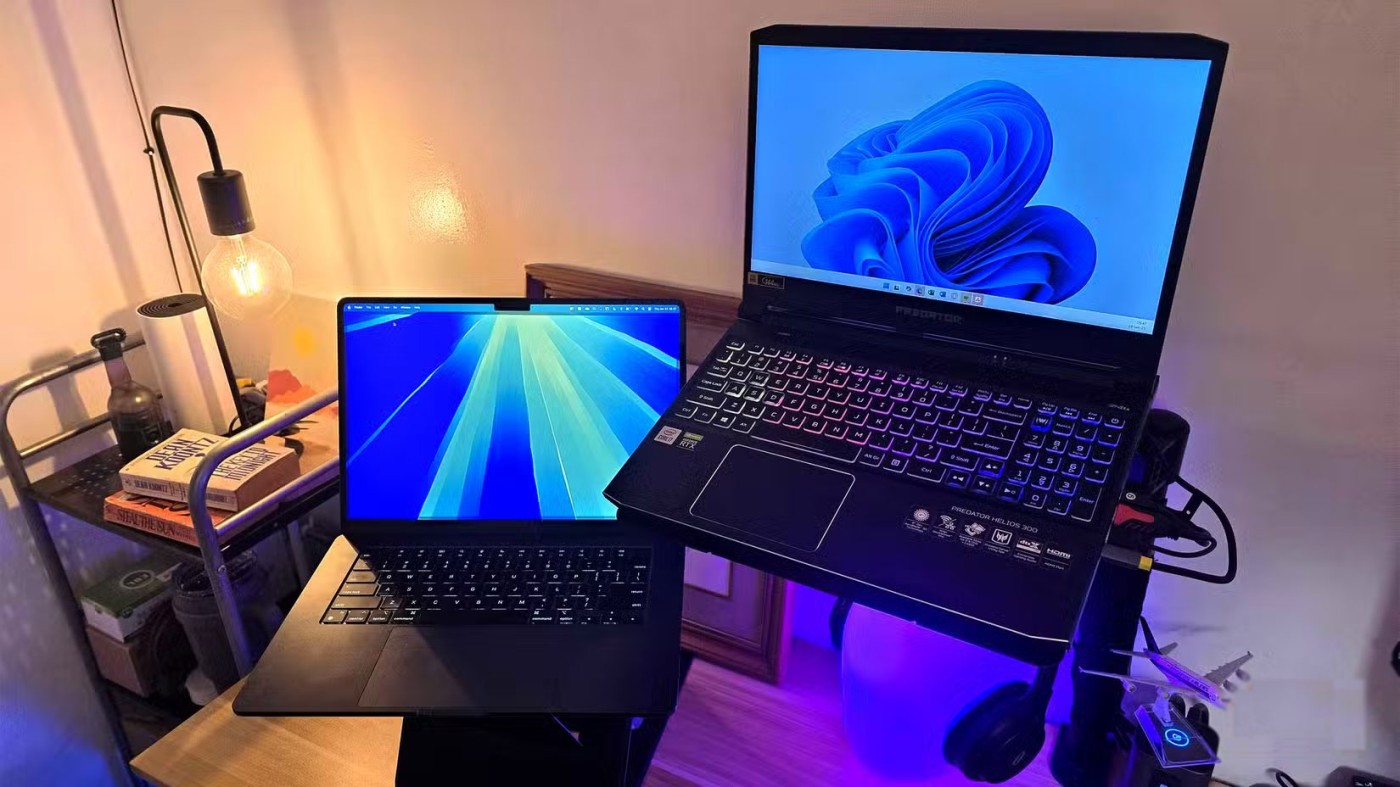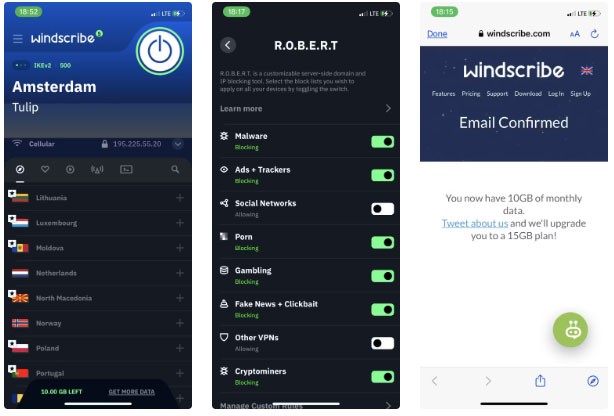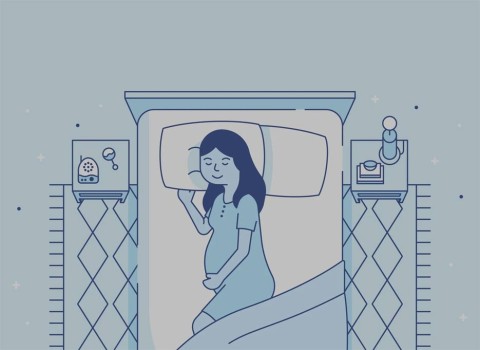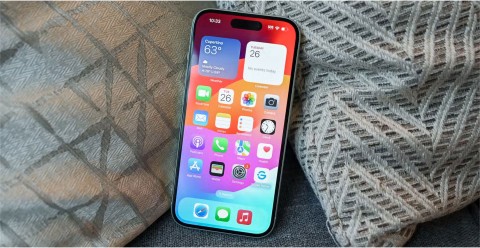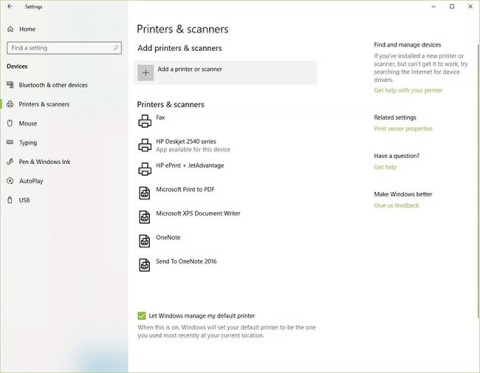In late 2024, a comprehensive study published in the British Journal of Ophthalmology confirmed that “the global prevalence of myopia in children is and will continue to increase significantly.” Based on current trends, the study predicted that by 2050, the number of children and adolescents with myopia will reach approximately 740 million.
This is clearly a cause for concern. But at the same time, the scientific community is confused about the role of increased screen exposure and how it affects our eye health. There appears to be some link between daily screen time and the prevalence of myopia in users around the world.
According to the results of a meta-analysis published in the journal JAMA, there is indeed a correlation between increasing screen time per hour and a 21% increased risk of nearsightedness in users of smart devices such as phones and large-screen electronic devices.

More screen time increases the risk of myopia
The JAMA report analyzed more than 45 different studies with more than 300,000 participants. The final results showed that there was a significant link between a person's daily screen time—especially with each 1-hour increase—and their risk of developing nearsightedness. "The risk of nearsightedness increased significantly from 1 to 4 hours of screen time and then gradually increased ," the experts behind the study said.
Notably, the risk of myopia increased significantly when considering the combined effects of screen time from multiple devices (such as phones, computers, and TVs) compared to screen exposure from just a single type of device.
Furthermore, “ a significant association was found ” between myopia risk and increased screen time across all age groups, including 2 to 7 years old, 8 to 18 years old, and 19 years and older. Specifically, the researchers found that myopia risk increased if daily screen time exceeded 1 hour, but the rate of increase slowed when the number exceeded 4 hours per day.
Additionally, a certain safety threshold is observed if daily screen time is less than 1 hour. However, there are also some aspects of caution regarding this latest research, especially when it comes to reducing the risk of myopia.
“ Simply reducing screen time in favor of traditional close-up activities may not be an effective prevention strategy ,” the experts said. Instead, they recommend a combined approach that includes reducing close-up screen time and increasing time outdoors.
Another study published in the Journal of Ophthalmology in 2022 also highlighted the rise in myopia with a correlation based on screen exposure, especially in close-up situations. It is also important to note that myopia is not only caused by staring at a screen for long periods of time, but is also related to lifestyle, environmental, and genetic factors.
Notably, another study published in early 2025 suggested that reducing screen time could lead to better mental health outcomes than antidepressants.
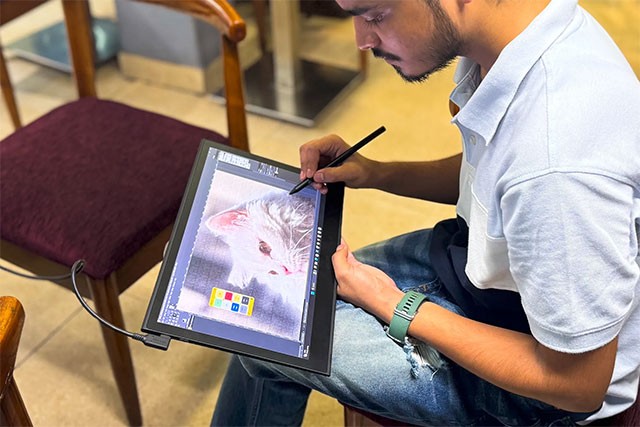
How can the risk of myopia associated with daily screen use be managed?
Scientific research suggests that spending more time outdoors may reduce the risk of developing myopia, but this is not yet certain. Solutions such as bifocals, EDOF contact lenses and orthokeratology lenses have also been linked to a slight reduction in the progression of myopia.
Refractive surgery is another option, but the most promising strategy appears to be atropine solution for controlling myopia with the greatest efficacy. However, the best approach is to consult a certified medical professional and find the right solution for your vision problems.
